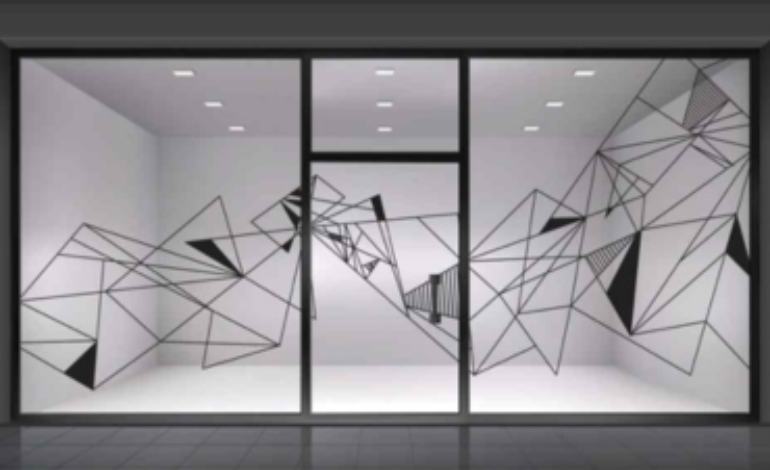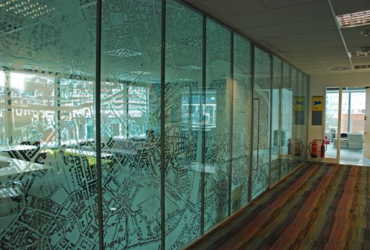
A canvas for artistic expression, etched glass undergoes a transformative process where its surface is meticulously altered to craft decorative designs, patterns, or textures.This alteration unfolds through the strategic use of abrasive or acidic substances, selectively removing parts of the glass surface.
The result is a captivating interplay of light and shadow, creating a frosted, matte, or textured appearance that not only serves aesthetic purposes but also adds a touch of sophistication to diverse applications.
Etched glass serves as a testament to craftsmanship, achieving decorative designs through selective surface alteration using abrasive or acidic substances. The frosted, matte, or textured appearance it imparts adds both visual intrigue and tactile interest to spaces.


Explore the intricate process and visual appeal of etched glass. Understand how selective surface alteration creates a dynamic interplay of light and shadow, contributing to its artistic and sophisticated charm. Uncover the key aspects of etched glass through the following questions and answers:
Etched glass undergoes a transformative process where its surface is selectively altered using abrasive or acidic substances, creating decorative designs or textures. This sets it apart from regular, untreated glass.
Etched glass allows for a diverse range of designs and textures, including frosted, matte, or textured appearances. The selective alteration of the glass surface through abrasives or acids offers limitless artistic possibilities.
Etched glass finds versatile applications in both residential and commercial settings. It is often used for decorative windows, glass doors, partitions, and artistic elements in interior design, adding a touch of sophistication and uniqueness to spaces.